Discover 11 hidden attractions, cool sights, and unusual things to do in Gießen (Germany). Don't miss out on these must-see attractions: Mathematikum, Stadttheater Gießen, and Botanical Garden. Also, be sure to include Gießkannenmuseum in your itinerary.
Below, you can find the list of the most amazing places you should visit in Gießen (Hesse).
Table of Contents
Mathematikum
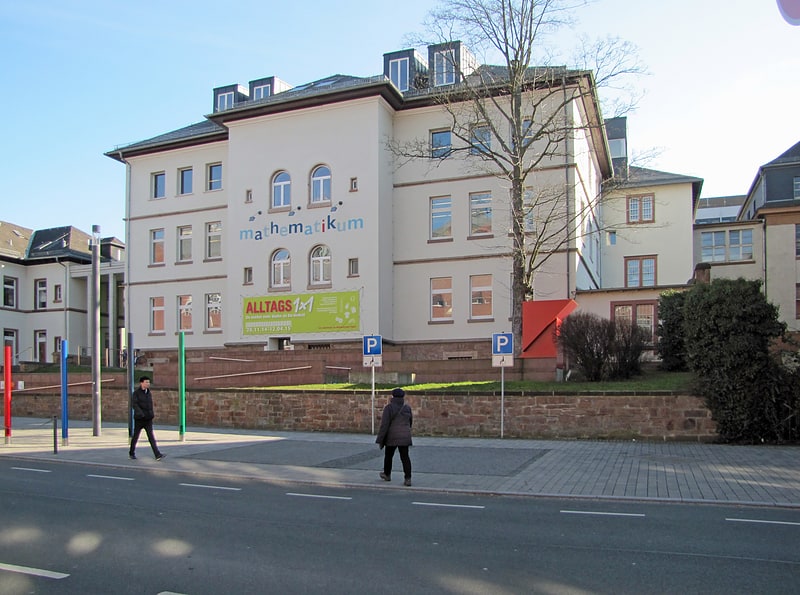
Museum in Giessen, Germany. The Mathematikum is a science museum, located in Gießen, Germany, which offers a huge variety of mathematical hands-on exhibits. It was founded by Albrecht Beutelspacher, a German mathematician.
The Mathematikum opened its doors to visitors on 19 November 2002. It was inaugurated by the German president Johannes Rau. Since then, the museum has attracted more than 1,500,000 visitors. Annually the museum is visited by more than 150,000 people. The museum is opened every day of the week, including Sunday and Monday.[1]
Address: Liebigstraße 8, 35390 Gießen
Stadttheater Gießen
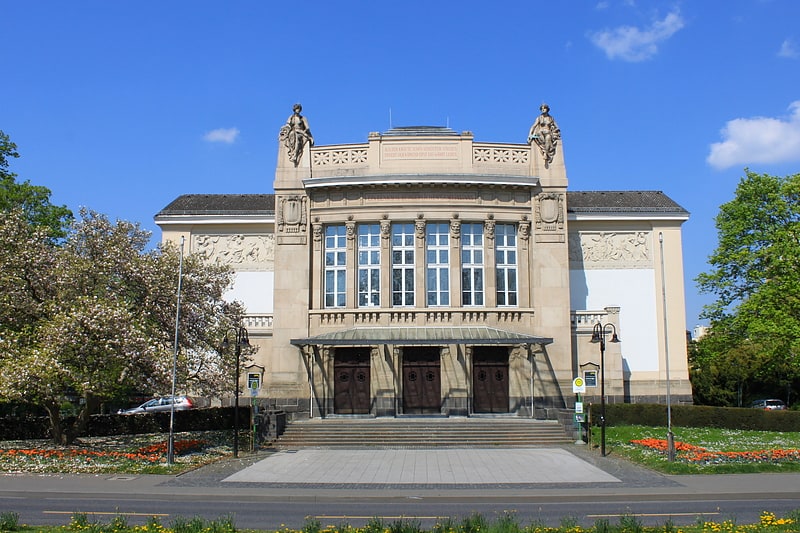
Theatre in Giessen, Germany. The Theater Gießen, official name Stadttheater Gießen, is a theatre in Gießen, Germany, a cultural center for the university city and the region. The main building was designed in Neo-classical style with influences of Jugendstil by architects Fellner & Helmer and completed in 1906. It has two stages, seats around 700 visitors and presents opera, musical, operetta, plays and modern dance theatre.[2]
Address: Südanlage 1, 35390 Gießen
Botanical Garden

Also known as: Botanischer Garten
Botanical garden in Giessen, Germany. The Botanischer Garten Gießen, more formally the Botanischer Garten der Justus-Liebig-Universität Gießen, is a historic botanical garden maintained by the University of Giessen. It is the oldest botanical garden in Germany still at its original site, with an entrance at Senckenbergstraße 6, Gießen, Hesse, Germany. It is open daily without charge.
The garden was founded in 1609 when Louis V, Landgrave of Hesse-Darmstadt, donated part of the palace garden to his newly established university for cultivation as a hortus medicus, following the earlier creation of such gardens at Leipzig (1580), Heidelberg (1597) and Eichstätt (1600). Physician and botanist Ludwig Jungermann (1572–1653) laid out the garden over an area of 1200 m². The garden fell into decay during the Thirty Years' War (1618–1648), but in 1699 the construction of a coldhouse for frost-sensitive plants was recorded, and in 1720 its first glasshouse was built (subsequently demolished in 1859). By 1773 the garden was described as a botanical garden rather than hortus medicus.
In 1802 the university's new forestry garden was established adjacent to the botanical garden by Friedrich Ludwig Walther (1759–1824). In 1805, when the city's fortress wall was torn down, the resultant space was incorporated into the garden; its remnants are still present under an artificial hill. Garden director Johann Bernhard Wilbrand united the botanical and forestry gardens, at which time the garden reached its present area. When the forestry garden was then moved in 1825 to today's site at the Akademischer Forstgarten Gießen, its magnificent trees remained as part of the botanical garden. The garden was rearranged in 1891 to reflect a systematic organization, and in the early 1900s a large tropical house was constructed. The tropical house was destroyed in World War II, and the garden itself severely damaged. The garden has now been thoroughly restored.
Today the garden contains around 8,000 species of plants, primarily for research use by students of botany, agronomy, geography, medicine, and veterinary medicine.[3]
Address: Senckenbergstr. 6, 35390 Giessen
Gießkannenmuseum

The Watering Can Museum is a museum for watering cans and other irrigation instruments in the city of Giessen in central Hesse. It was launched in 2011 in the run-up to the State Garden Show Giessen 2014 as a participatory project for citizens, following the motto of the preparatory phase "The gardener's first duty: watering!"
Address: 3 Sonnenstraße, Gießen
Liebig Museum
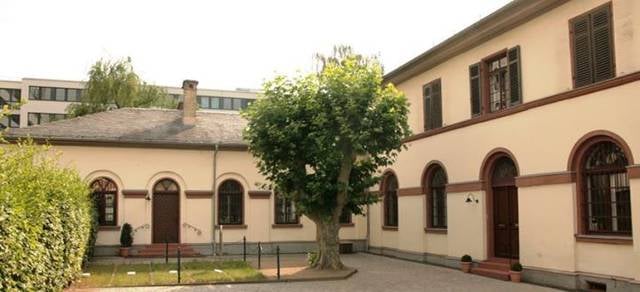
Museum, Science museum, Specialty museum, History museum
Address: Liebigstraße 12, 35390 Gießen
Church of St. John
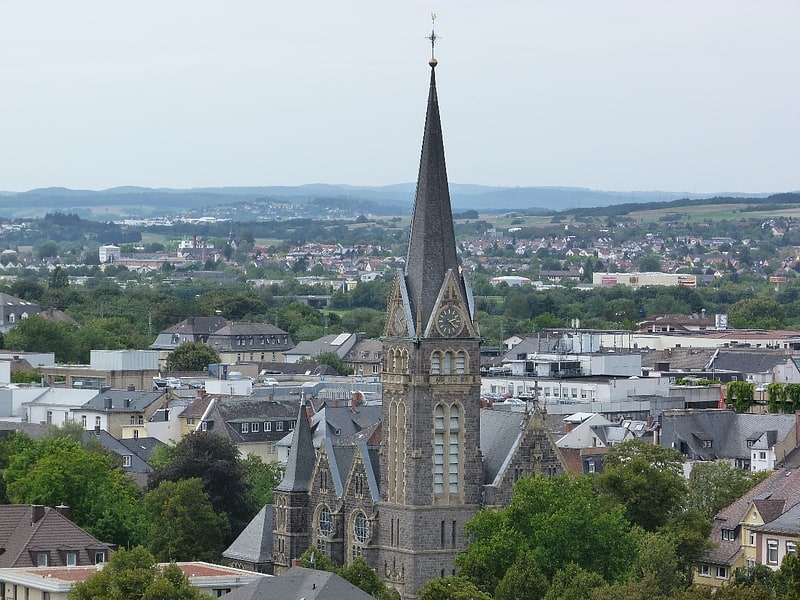
St. John's Church is the largest Protestant church in Giessen, in the district of Giessen in central Hesse, and has the highest steeple of all the churches in Giessen, with a height of 72 meters. It was built in 1893 in a historicist mixed style of neo-Gothic and neo-Renaissance. The building is a Hessian cultural monument and characterizes the cityscape.
Address: Goethestraße 14, 35390 Gießen
Lahnfenster

The Lahnfenster Hessen is a water information center on the Lahn in Giessen, operated by the Regierungspräsidium Giessen. The partially underground building offers views of the river through large glass panes, as well as the fish ladder at Klinkel'schen Mühle. With a little patience, visitors can observe fish and other animal species as they pass the millrace on their migrations to spawning grounds and food sources. As an environmental educational extracurricular place of learning, but also for families, interested groups or individual visitors, the Lahnfenster, which is popular with the public, shows the variety of inhabitants in local waters. The structure is unique in Hesse and was planned based on models in Aquitaine in southwestern France.
Address: Zu den Mühlen, 35390 Gießen, Universitätsstadt
Altes Schloss
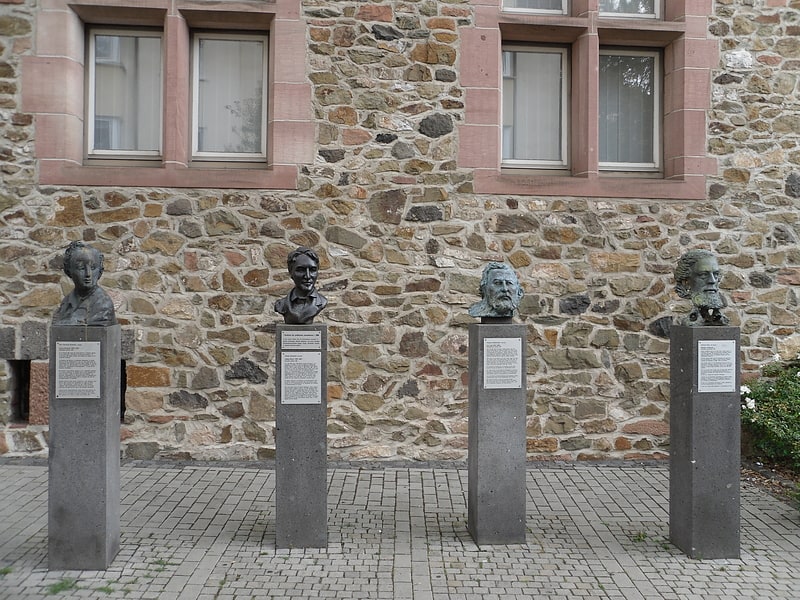
Altes Schloss - the castle in Gießen, was founded in the 12th century by the count from Gleiberg.
Then a new castle was added, which is located on the other side of the Brandtplatz Parking Square, which divides both buildings. Near the old castle there is a botanical garden from the 17th century, the oldest existing in Germany. Both castles were destroyed during World War II. The Old Castle is currently served as a museum, and the new one is owned by the University of Giessen.
Address: 2 Kanzleiberg, Gießen
Villa Leutert

The Villa Leuter is a villa in Gießen.
Address: 25 Ostanlage, Gießen
Die drei Schwätzer
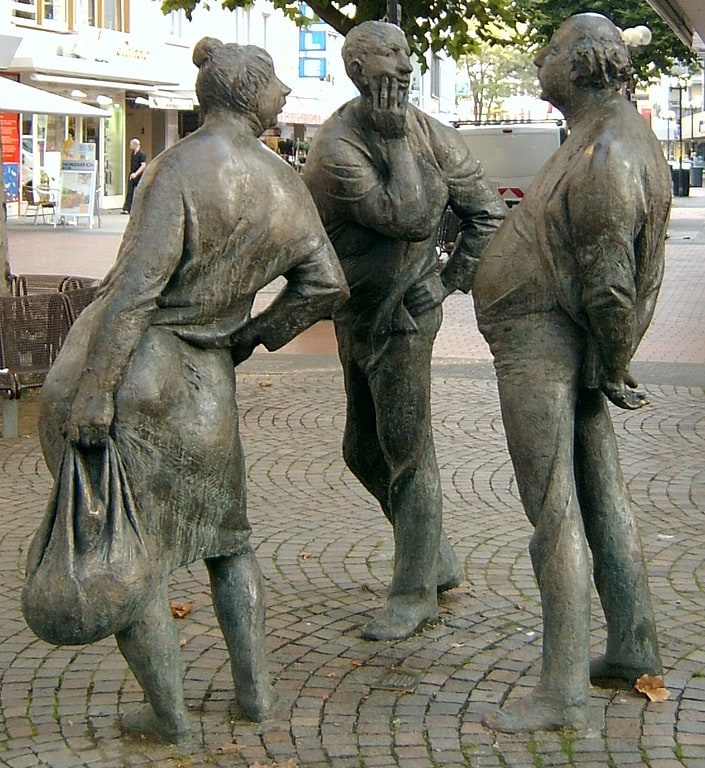
The Three Chatterers are a bronze sculpture created by Karl-Henning Seemann in the central Hessian city of Giessen. They stand in the inner-city pedestrian zone at the junction of Plockstraße and Seltersweg.
The donor of the work of art was Volksbank Gießen (today Volksbank Mittelhessen) on the occasion of the celebrations of its 125th anniversary, and on September 5, 1983, the unveiling took place in the presence of Lord Mayor Hans Görnert (CDU). Seemann's intention was to symbolize with the sculpture people of the homeland having a conversation - not an argument, but a normal conversation as it develops every day between citizens in the inner city. For the most part, the trio met with a very positive response. In the early years, passers-by occasionally provided the chatterboxes with hats, glasses and shopping bags, and put cigarettes in the figures' mouths or newspapers or potato chip bags under their arms. Although they have suffered several paint attacks over the years, they have since become a city landmark, even immortalized on their own fashion line, and a popular meeting place.
Between April 1991 and January 2011, Willi Rüspeler gave the three a voice in his weekly column Die drei Schwätzer meinen heute in the Gießener Anzeiger and had the figures, which he christened Mariechen, Waldemar and Justus, comment on current city events, sometimes mockingly, sometimes ironically, in short image sequences. In addition, the "Gießener Schwätzer" street art competition named after the sculpture took place in Giessen between 2001 and 2004.
University of Giessen

Also known as: Justus-Liebig-Universität Gießen
Public university in Giessen, Germany. University of Giessen, official name Justus Liebig University Giessen, is a large public research university in Giessen, Hesse, Germany. It is named after its most famous faculty member, Justus von Liebig, the founder of modern agricultural chemistry and inventor of artificial fertiliser. It covers the areas of arts/humanities, business, dentistry, economics, law, medicine, science, social sciences, and veterinary medicine. Its university hospital, which has two sites, Giessen and Marburg, is the only private university hospital in Germany.[4]